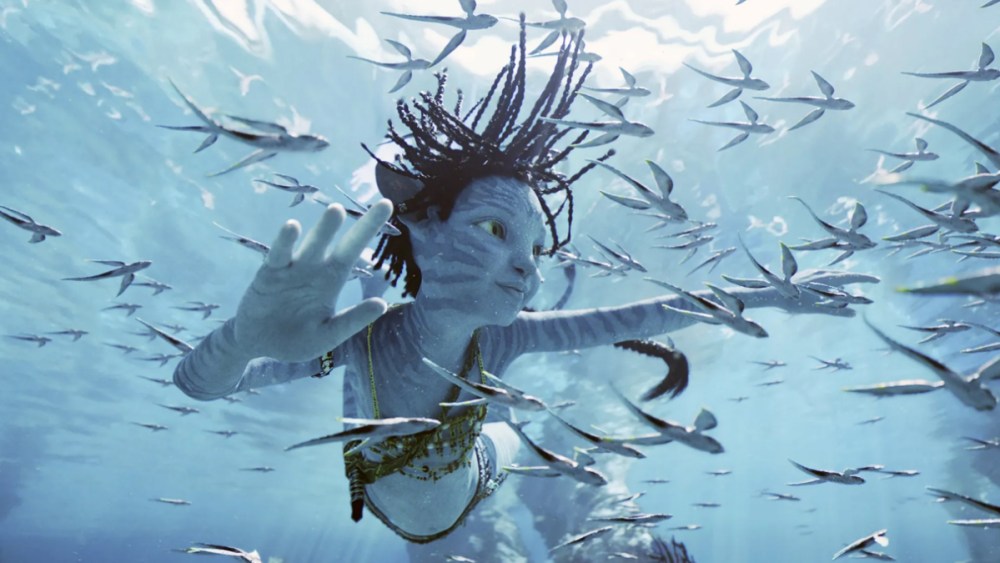*** Spoilers for Avatar: The Way of Water ahead ***
James Cameron made fans wait 13 years for a sequel to Avatar, but the film has done well upon arrival. Although it’s not a perfect story, Avatar: The Way of Water improves on the original in several aspects. Much like the first part, the story is relatively straightforward about the battle between Jake Sully’s family and Miles Quaritch’s group, with the presentation being the main difference this time around.
Things such as the way the plot is explained, how the bad guy behaves, and the nuances within the characters and overall story have all seen an upgrade from the 2009 flick. With over three hours of runtime, it’s worth taking a recap of everything that’s within Avatar: The Way of Water and how it succeeds in bettering the original entry.
The Villain Is Humanized

Many wondered how the first Avatar movie’s villain would reappear, given that he was decisively killed. As it turned out, Miles Quaritch had himself cloned into a Na’vi body before his death to effectively cheat it. While the new Quaritch is still a villain, he’s not of the chewing-the-scenery variety as his predecessor, who came across as a rather standard antagonist simply bent on dominance.
Avatar: The Way of Water has the bad guy show his humane side through his son, as Quaritch clearly cared for Spider and couldn’t bear to hurt him. He also started to have a new respect for Na’vi culture after Spider showed him how Pandora functions, with Quaritch even briefly giving up his vendetta against Jake when Spider’s life was threatened. This new, more empathetic side of Quaritch is better than the straight-up villain he originally was since it opens up opportunities for character development.
Supporting Characters Have Far More Depth

The first Avatar had some great supporting characters like Grace, Mo’at, and Tsu’tey. Still, the rest were more like figureheads who represented a piece of the conflict rather than having fully fleshed-out personalities. Avatar: The Way of Water introduced a host of new characters, from Jake and Neytiri’s children to the people of the Metkayina, all of whom have distinct personalities.
Even better is that no character is perfectly aligned with their traits, as even the empathetic Tonowari showed flashes of panic and anger, while the fierce Ronal also willingly helped Jake’s family. The younger characters don’t feel like they’re present just to show the passage of time, as all of them play a part in the battle against Quaritch’s forces and create solid bonds. The first movie’s supporting characters lacked in this area because their main purpose was to be part of the people Jake was around instead of standing out on their own.
World-Building Elements Of Pandora

There’s no doubt that the first Avatar introduced Pandora magnificently, as the world was something completely new for viewers at the time. But there’s also the fact that there wasn’t much shown apart from Neytiri’s native land, with many left wondering what the rest of Pandora looks like and what the larger lore of the place is.
Avatar: The Way of Water has done better by showing us a bigger glimpse of what Pandora entails through the Metkayina. It’s now apparent that the Na’vi in the original film doesn’t represent the entire race since the Metkayina’s water-based lifestyle is completely different, featuring different kinds of flora and fauna. With Jake’s children revealed as hybrids and Spider shown surviving as a human, there are various world-building elements in Avatar: The Way of Water to carve out Pandora’s story.
